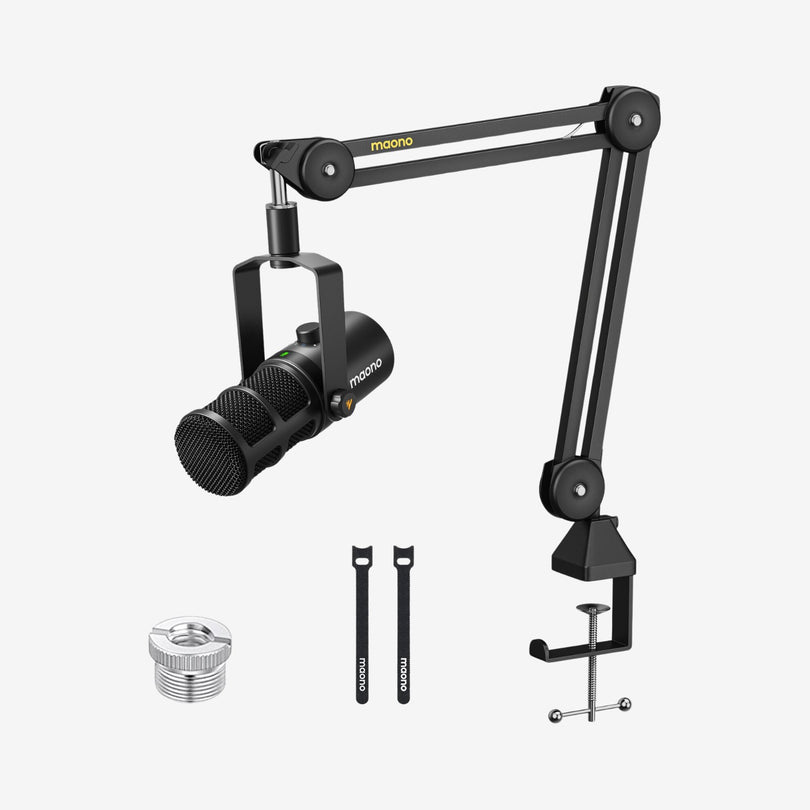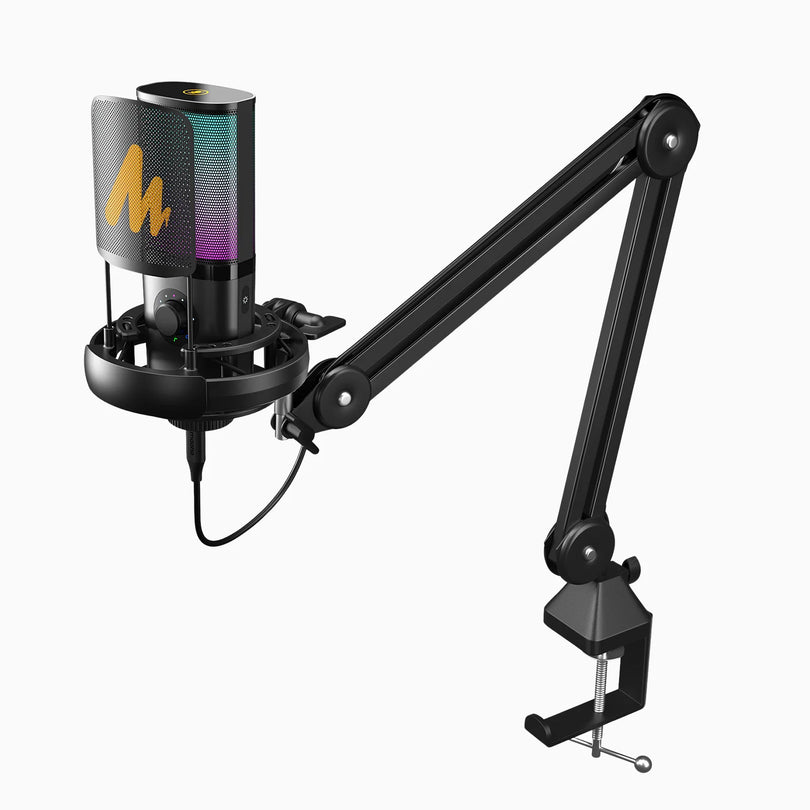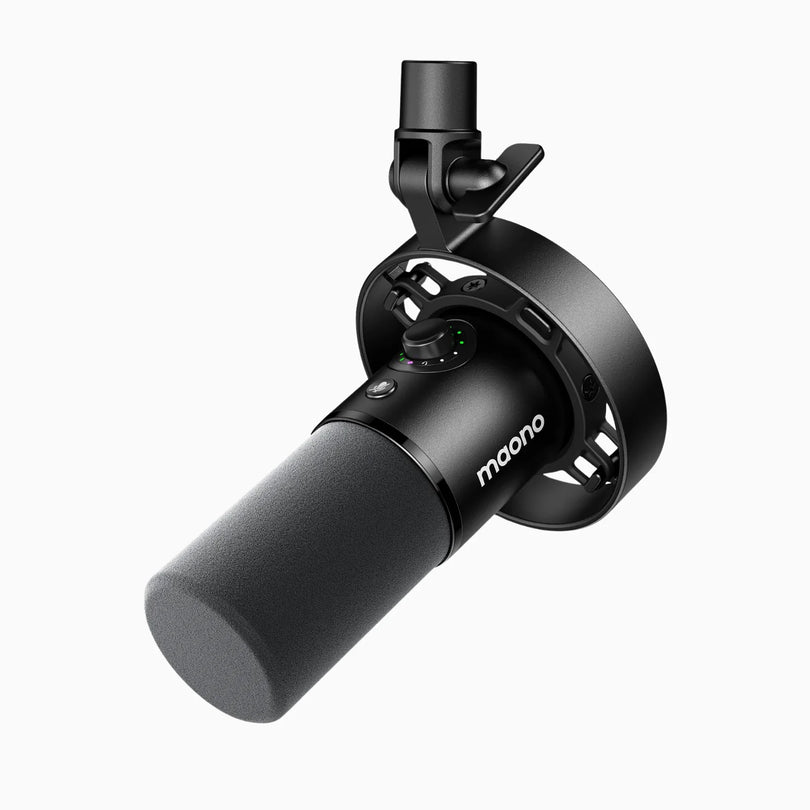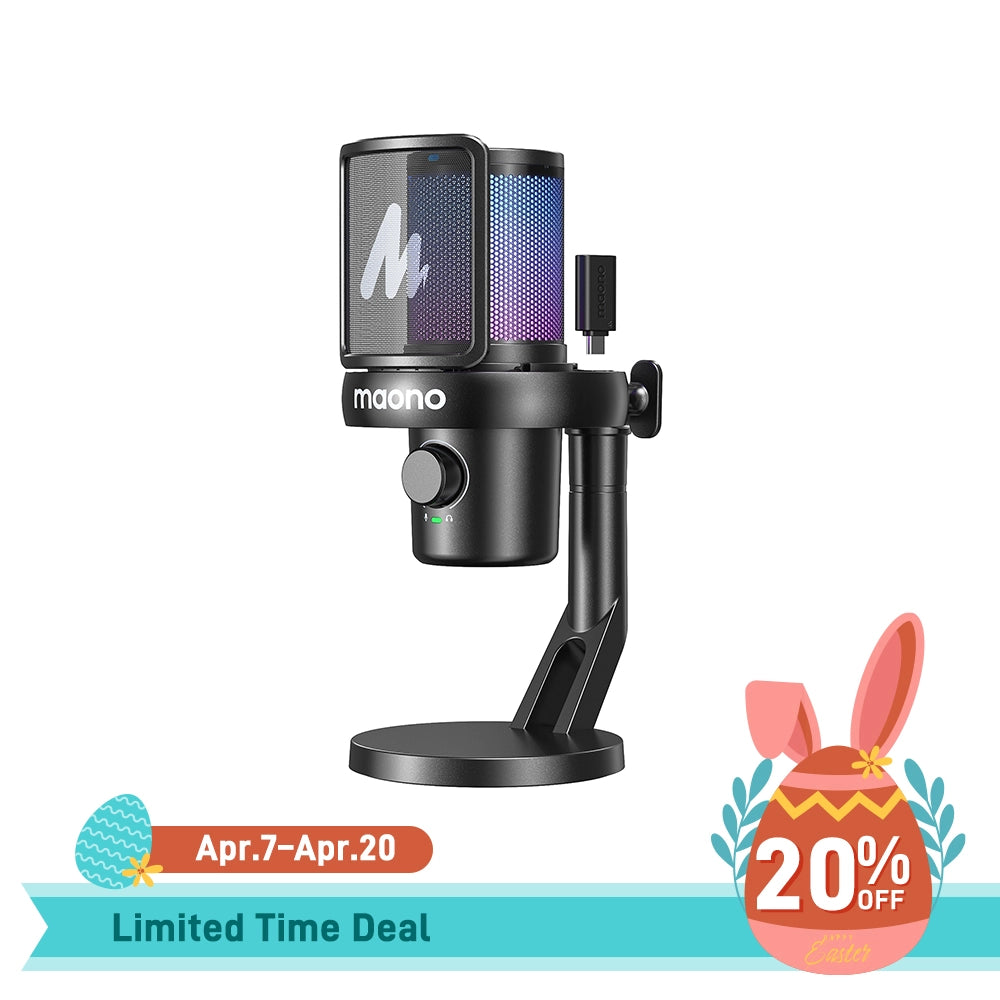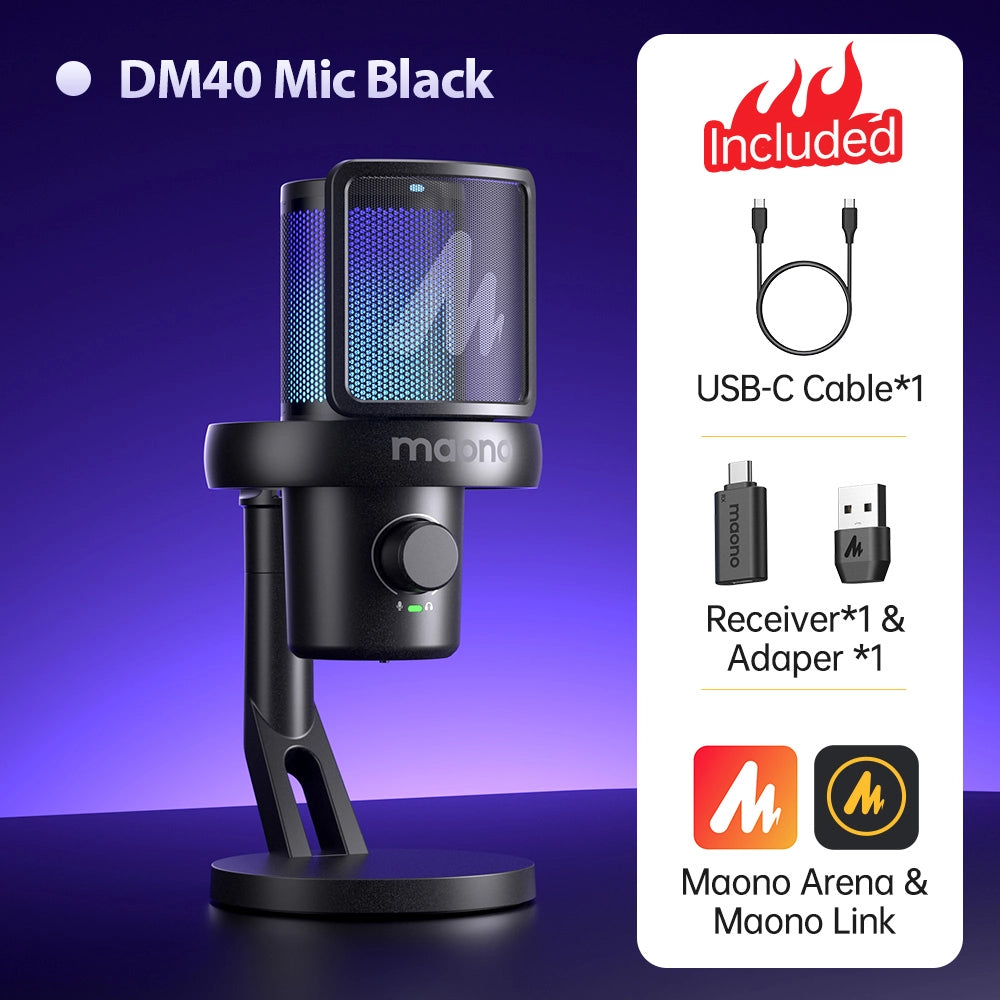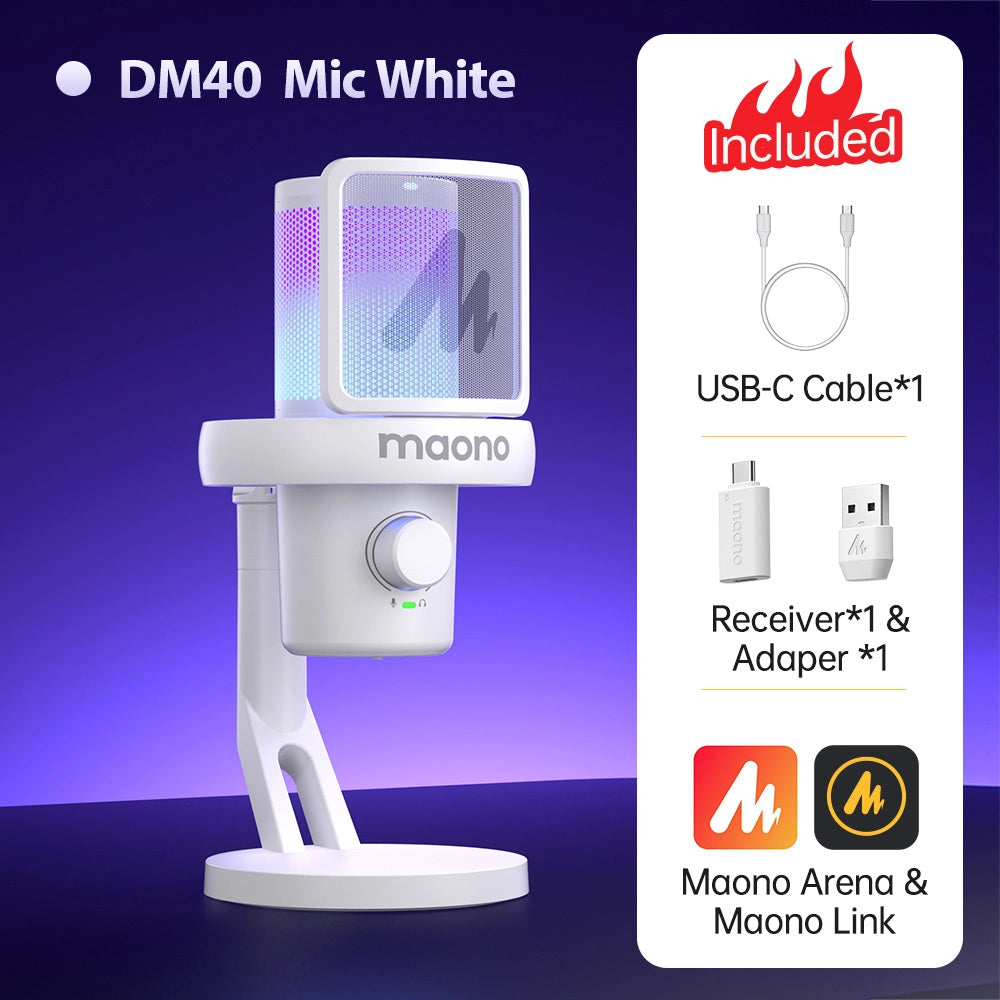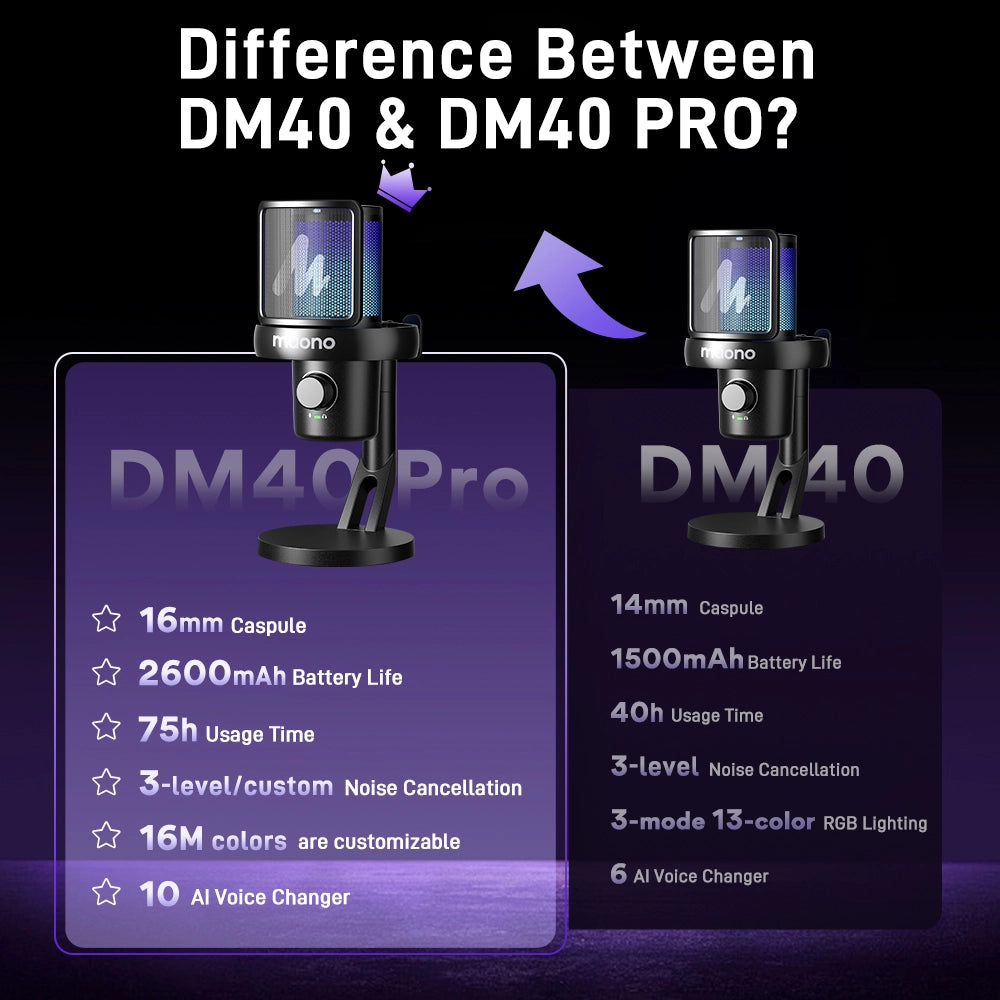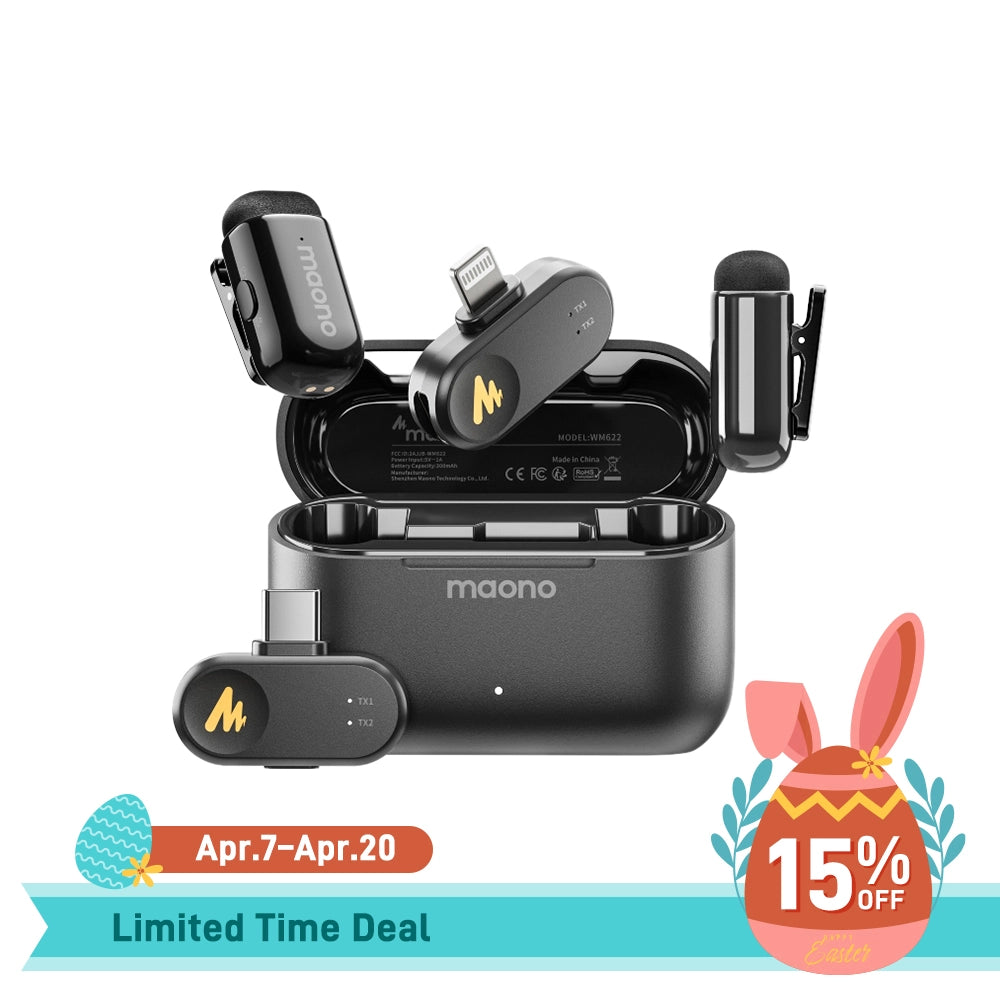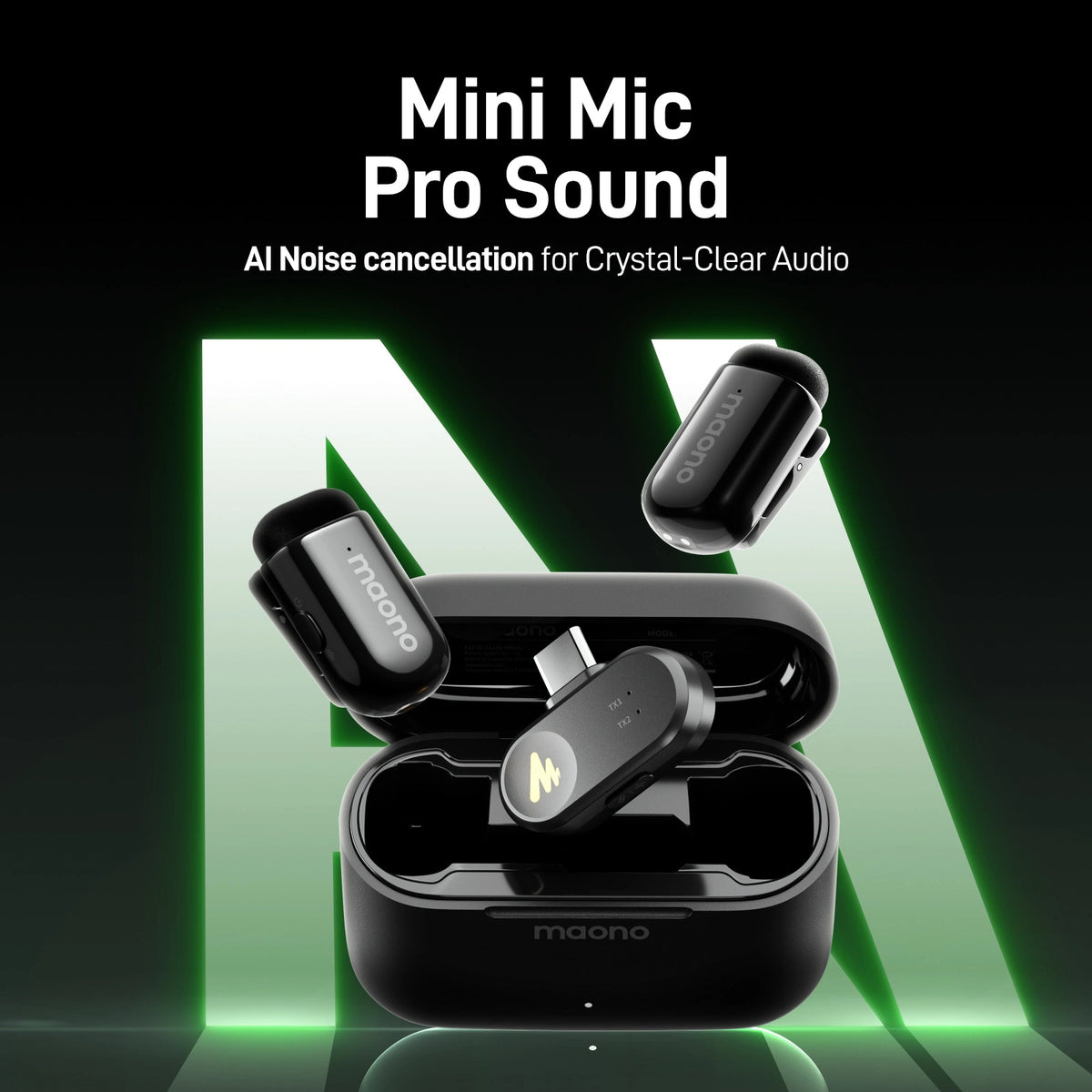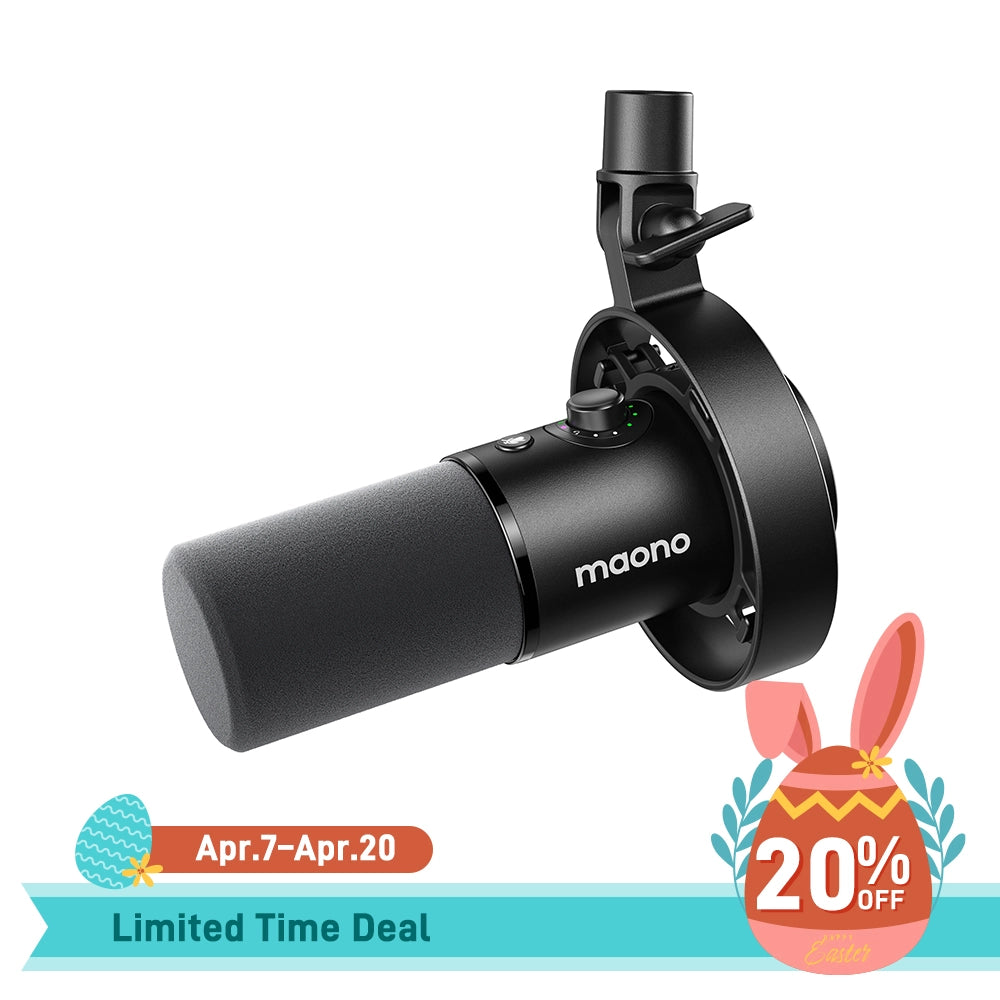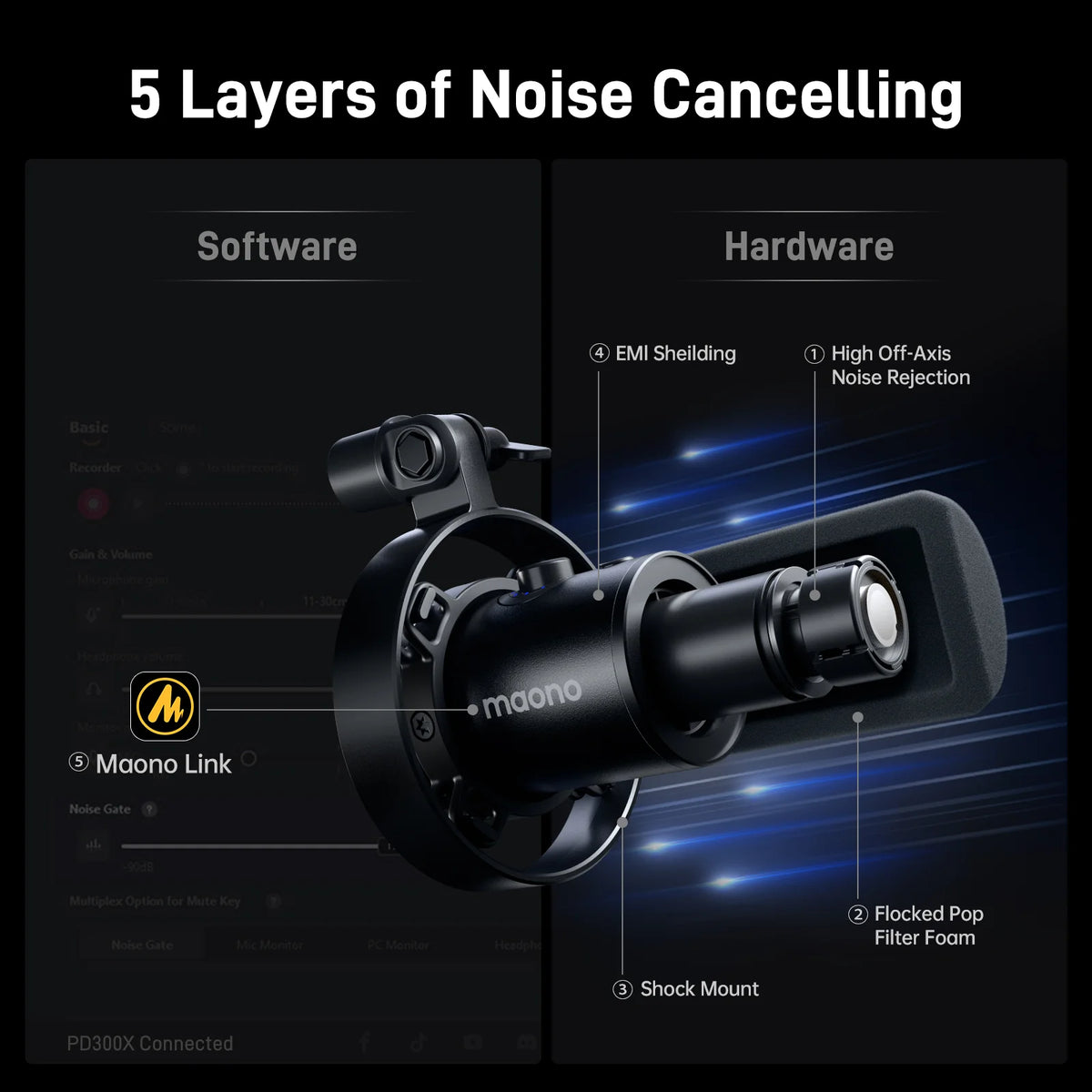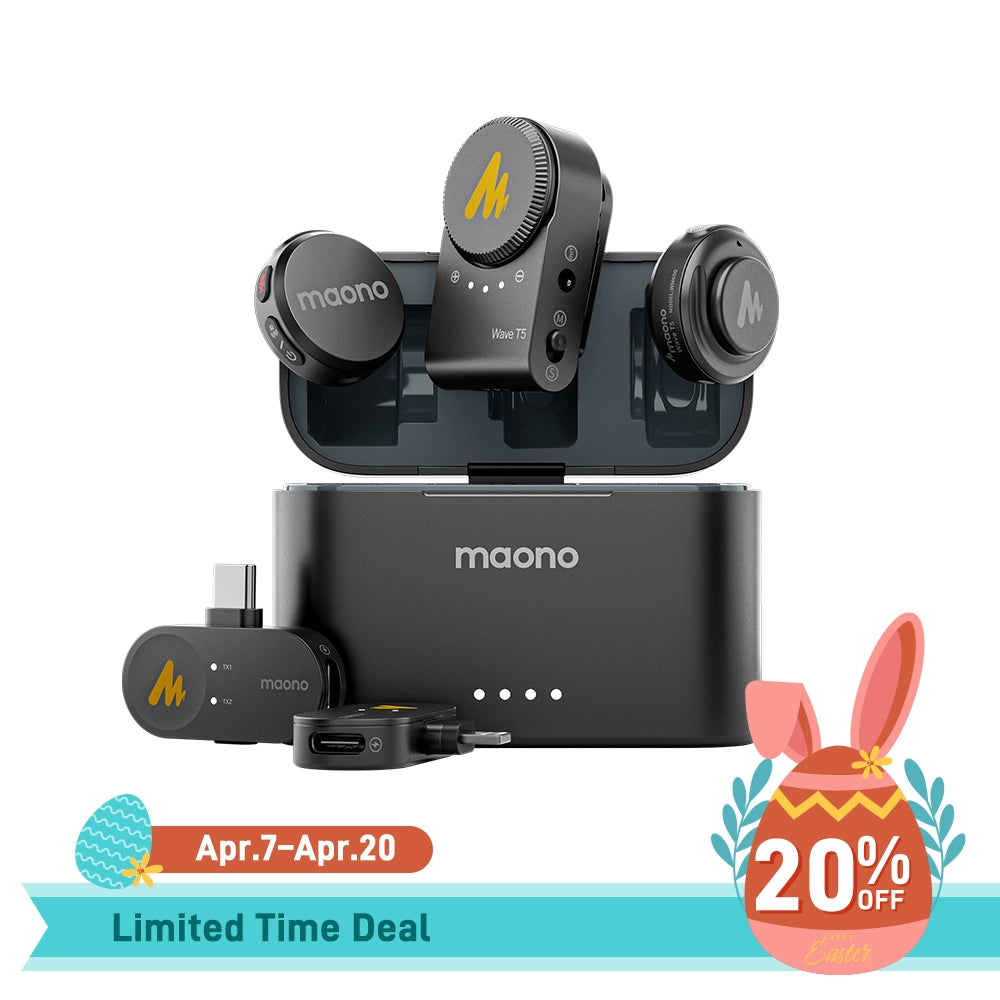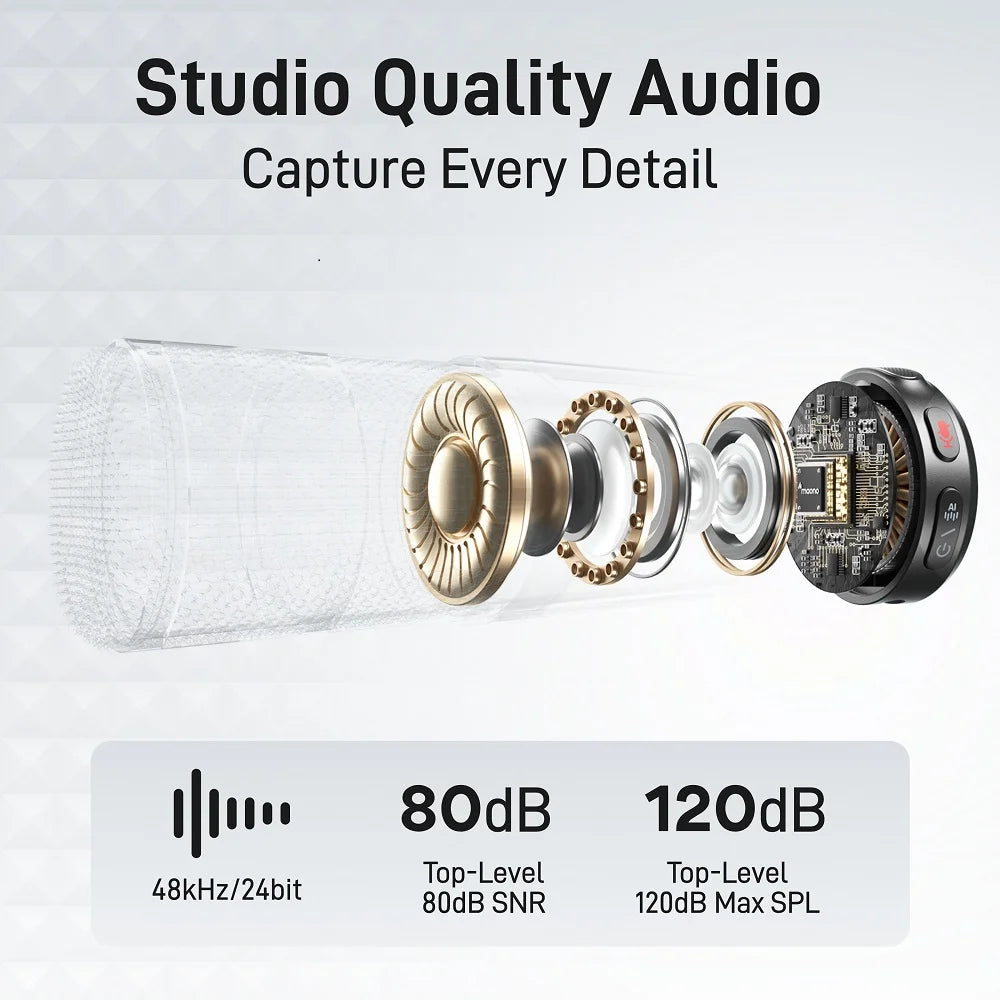Live streaming is a great way to attract an online audience. Statistics show that the streaming market is projected to increase its annual growth rate to 9.89 percent and reach a projected volume of US$184.3M by the year 2028. As its popularity surges, various concerns have emerged that can affect both streamers and audiences.

Having a good quality live stream is super important. People watching want to see a really clear video and hear everything too. So, it's really important to use good mics for streaming to ensure the sound is great. If the sound or video isn't good, people might not want to watch, and it could make the person streaming look bad. Ensuring everything is top-notch means having the right gear and a good internet connection.
This article will then explore what these main challenges are and why it is important to address these concerns, what main concerns the users encounter when creating a live video stream, how they can be fixed, and some tips for beginners to start game live streaming.
The Importance of Addressing User Concerns in Live Streaming
It's important to understand what the main challenges are in the context of live streaming here are the reasons why:
- It enhances user experience as the audience enjoys watching and listening to your content
- It encourages engagement from the audience as you build trust and credibility among them
- It promotes sustainable growth of the live streaming platforms and the streamers.
- It encourages compliance with ethical and legal standards
- It fosters a feeling of a positive community atmosphere while practicing content moderation and intolerance of harassment within the community.
- It enhances monetization opportunities
- Streamers learn to adapt to current market trends by addressing these concerns.
Why Live Streaming is So Challenging
Q1. Video Quality/Device Bandwidth
A general rule is that you need at least 4 megabits per second (Mbps) of internet speed for streaming video. Otherwise, it will result in viewers abandoning your live stream or the entire platform.
Solution: For example, you should make sure that the video stream automatically adjusts when packet loss is beyond a minimal threshold when it comes to bitrate or packet loss.
Q2. Local Network/Internet Connection Issues
It's either the streamer or the viewers are using a sluggish wired Internet connection, 3G mobile Internet, or slow WiFi.
Solution: Ensure that no other networked devices are utilizing the upload bandwidth for the Internet. Ask viewers to ensure their devices are connected to a stable internet connection. Verify if their network speed is sufficient for live streaming, it should be a minimum of 2-5 Mbps. Have your audience check their network settings, Wi-Fi signal strength, router, and firewall configurations. Ask them to reset their modem or router for 30 seconds to clear any temporary network issues or advise them to clear cache and cookies in their browser. They can change the device they’re using for the streaming.
Q3. Network Latency and Congestion
Even the best platforms may face difficulties when streaming live content, which can severely reduce the quality of online video due to latency and dependability issues. Reducing potential latency and maintaining a live stream is the primary difficulty here.
Solution: A dependable protocol must support a live streaming platform to guarantee low latency. For example, the combination of RTMP and HLS streaming protocols can assist in reducing latency into the 12–15 second range. Alternatively, the SRT protocol, which offers a respectable streaming speed while reducing latency and eliminating freezes and stuttering, makes use of real-time IP communications advancement.
Q4. Device Performance
The user's gadget must have a lot of processing power to stream videos, and a slow device can produce subpar video quality.
Solution: Modify video quality according to the device's capabilities and network conditions and reduce bitrate to reduce processing strain for slower devices.
Q5. Unique or Engaging Content
Plan ahead and select a topic that will interest and connect with your target audience.
Solution: During the livestream, address each viewer by name and address any
questions or comments they may have. By posing queries, conducting surveys, and requesting feedback, you can entice viewers to participate. Make it fun and interactive--use the platform's tools like chat, emojis, and stickers.
The Main Concerns Users Encounter on Live Streaming
- Technical Issues and Audience Engagement
For a pleasant streaming experience, high bandwidth is essential. Connectivity problems are a common problem for streamers, and they can cause buffering or stoppages in their streams. Maintaining audience interest and preventing annoying delays require a steady connection.
- Content Quality
Streamers have to make sure their content is fun, useful, and keeps viewers interested. If their content isn't well thought out or done poorly, people might get bored and stop watching.
- Privacy and Safety
Another important problem is privacy. Unintentional disclosure of private information during a live broadcast might result in harassment. Streamers should use platform privacy protection measures and exercise caution when disclosing sensitive information. It is important to protect viewers' privacy by not disclosing any personal information without authorization.
- Monetization and Sustainability
A common goal of streamers is to make money off of their work by charging for contributions, subscriptions, or advertisements. Nevertheless, maintaining steady viewership and engagement over time might be difficult in order to create a sustainable revenue stream.
- Legal and Copyright Issues
Threats to cybersecurity including phishing and hacking put viewers and streamers at risk. It's critical to protect financial and personal data. It is also important for streamers to utilize secure networks and urge their audience to adopt safe online behaviors. Platforms need to make sure that strong security mechanisms are in place to protect user data.
- Competition and Discoverability
There is a lot of rivalry for viewers' attention as live streaming grows in popularity. Streamers need to figure out how to separate from the competition and draw in new viewers. When discoverability becomes critical, tactics for efficient promotion and exposure in the deluge of content become imperative.
- Performance Anxiety
For some streamers, going live on camera can be extremely nerve-wracking, which can result in performance anxiety. The strain to keep viewers interested, entertained, and involved can be stressful and degrade the stream's quality. Getting over this fear is crucial to provide a genuine and delightful experience.
- Equipment and Production Value
A good production may greatly improve the viewing experience with the use of cameras, microphones, and lighting. Here are our recommendations for the best microphones for live streaming:
1. DGM20 GamerWave Condenser USB Gaming RGB Microphone
Description: This gaming microphone has RGB ambient light that can be turned on or off, and it is made especially for gaming and live broadcasts. It provides clear and precise sound reproduction, one-tap noise reduction, and real-time voice monitoring via headphones. It successfully cuts down on background noise thanks to its high-sensitivity cardioid pickup and simple plug-and-play USB/USB-C interface.
Price Range: It only costs $41.99.
2. DM30RGB - MAONO DM30RGB USB Gaming Microphone
Description: This microphone has a cardioid design for superior off-axis noise reduction with adjustable RGB lights. Mic gain, headphone volume, mic tone, RGB lighting, equalization, limiter, and compressor may all be adjusted with Maono-Link. It connects by USB-C and has a high-sensitivity condenser microphone core with a 24bit/48kHz sampling rate. It's a great choice for gaming, live streaming, and podcasting.
Price Range: It only costs $49.99
3. MAONO PD200X USB/XLR Dynamic Microphone
Description: With a one-click mute button, an LED indicator, and a proprietary dynamic capsule, this microphone has a 2-in-1 smart knob that allows you to easily change the mic gain and headphone level. It provides nine-color adjustable RGB illumination, real-time monitoring via a 3.5mm headphone connection, and USB mode compatibility for EQ, limiter, and compression modifications. It offers a professional interface for studio use as well as plug-and-play ease for desktops and laptops with both USB and XLR connectors.
Price Range: It costs $79.99 only.
Consider adding these audio mixer/audio console from Maono for better sound effects and noise reduction for the background::
The MaonoCaster AMG1 Neo is a compact audio mixer designed specifically for gamers and streamers, offering a streamlined solution for mixing audio sources, adding effects, and controlling volume levels. It features a variety of inputs and connections for microphones, headphones, instruments, and other audio devices, along with built-in sound effects and voice modulation options. This portable mixer aims to simplify audio production for content creators, allowing them to achieve professional-sounding results without complex setups or extensive technical knowledge.
- Burnout and Consistency
Regular streaming can be hard and time-consuming. Burnout might result from sticking to a regular streaming schedule while juggling other obligations. Streamers must emphasize self-care and create enduring habits to prevent burnout and keep consistency in their content delivery.
5 Tips for Beginners to Start Game Live Streaming
1. Choose the right platform for your target audience
2. Invest in High Quality Equipment
3. Plan your content ahead and make it consistently engaging
4. Build a community with positive atmosphere.
5. Promote your channel
Conclusion
Live streaming is a rapidly growing market and its increasing popularity brings challenges for both streamers and viewers. Addressing these concerns, such as content quality including audio and video, internet speed, community moderation, etc. is crucial for enhancing user experience, fostering engagement, and promoting sustainable growth within the live streaming environment. By addressing these issues, live streaming platforms can create a positive community atmosphere and ensure the long-term success of the industry.


